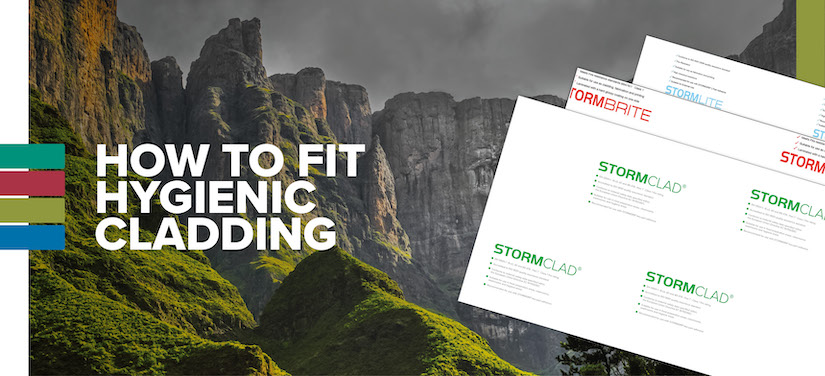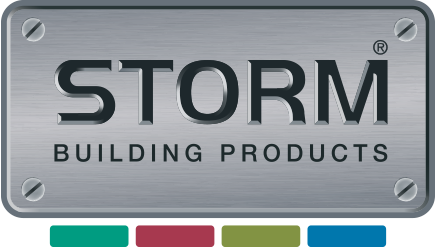
Installing hygienic wall cladding is very simple, but it can be difficult to know where to get started. This blog will show you how to fit wall cladding, from the initial preparation to the final finish.
Preparation
Before you start, you must be fully prepared for the task, including having the correct tools and preparing the area.
For installing cladding, you need several tools, including adhesive, silicone, accessories (corners, end trims, etc.), measuring and masking tape, a handsaw or jigsaw, a hacksaw, a pencil, a laser level and a spirit level. These tools are imperative for installing interior cladding, ensuring that your measurements are correct and that the cladding sheet is safely attached to the wall.
The adhesive that you use must be solvent-free. Using an adhesive containing solvents may damage the panels.
A small amount of preparation must be done to the cladding before it can be installed. It’s best to allow your cladding to acclimatise to the temperature of the room it will be installed in, as PVC tends to expand depending on the humidity, so leave the panels flat on the ground for at least 24 hours before installing them.
Finally, make sure that the work area is prepared for the installation. Ensure the space is clear of film, dirt and other residues for a long-lasting result.
Remember the adage: measure twice, cut once. It’s vital to ensure your measurements are correct so you don’t cut too much or too little off.
Step 1 – Corners
Beginning with the corners, measure to your desired length and use a hacksaw to cut until you have all the internal corners at your preferred height.
When everything is cut, you can apply your adhesive to the edges of the corners and fix it to the wall. Press the corner with your hand until it is secure, or use masking tape.
Once the corner has been secured, you can slot one of the cladding panels directly into the trim on both sides of the room, using a pencil and spirit level to mark their positions. This step is to ensure that the first and last panels on the wall are of equal size.
Step 2 – Fixing
Depending on the tool that you use to cut the panels, either a hacksaw or a jigsaw, you will need to cut a different side of the panel. With a hacksaw, you need to cut with the decorative side facing you, but with a jigsaw, you need to cut with the decorative side facing away from you.
Before you spread the adhesive, ensure that the panels are correctly cut with the corners considered. Once you are sure, you can apply the adhesive to the back of the panel or the wall, covering the entire surface and using silicone inside to the corner to ensure water resistance. Place the panel against the wall and smooth out any air pockets.
If you are installing into a shower area, run a bead of silicone into the groove before slotting in the next panel, as this prevents water penetration between panels.
To finish the process, apply silicone to the inside end caps to ensure a watertight seal and use adhesive on the outer edges to fix it to the wall. You can use masking tape to stabilise the panels while they set.
Throughout this process, ensure that the area is well-ventilated and that you wear the appropriate safety gear.
If you would like to learn more about installing hygienic cladding or want to learn about our range of interior cladding, please contact us today!
